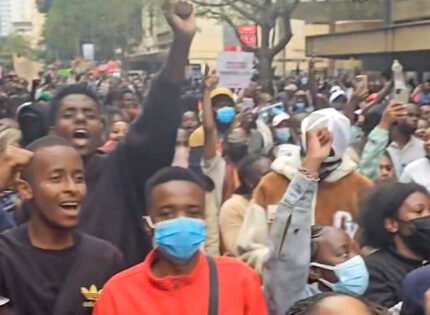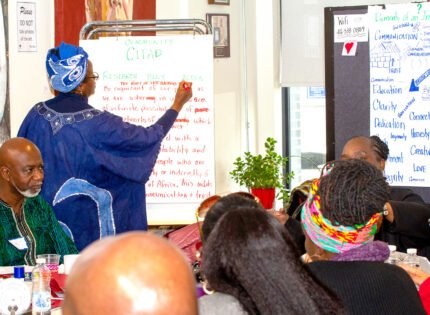When the world looked away, 800,000 were slaughtered
Remembering the Rwandan Genocide
The resilience of the African continent is a consistent wonder. In spite of all the encumbering factors that have constantly plagued her, Africa stands and lives to fight another day. In this edition, we remember one of the most horrific massacres in Africa, The Rwandan Genocide.
On the night of 6 April 1994 a plane carrying then-President Juvenal Habyarimana, and his counterpart Cyprien Ntaryamira of Burundi – both Hutus – was shot down, killing everyone on board.
Hutu extremists blamed the Rwandese Patriotic Front (RPF) consisting mostly of Tutsi refugees and immediately started a well-organized campaign of slaughter. The RPF said the plane had been shot down by Hutus to provide an excuse for the genocide. (It has never been conclusively determined who the actual culprits were.)
The mass killings in Kigali quickly spread from that city to the rest of Rwanda, with some 800,000 people slaughtered over the next three months. During this period, local officials and government-sponsored radio stations called on ordinary Rwandan civilians to murder their Tutsi neighbors.
Canadian Retired Lt.-Gen. Roméo Dallaire was stationed in Rwanda as the head of a peacekeeping mission when the genocide begun. In a recent interview with the CBC he remembered the horrors and details just how the international community stood aside and watched the100 days of bloodshed.
In the months leading up to the genocide, Dallaire said that he repeatedly warned the UN Security Council that something catastrophic was brewing. But he said world leaders were too concerned with preventing peacekeeper casualties to let him act.
He remembers speaking with UN Secretary General Boutros Boutros-Ghali three weeks into the genocide, after more than 2,000 peacekeeping troops had already been withdrawn.
“He told me, ‘Listen, the world cannot handle 450 peacekeepers being killed,'” Dallaire is quoted as saying.
“I had a responsibility to the lives of my soldiers. But I also had a responsibility to the people of Rwanda.”
He further detailed the manner in which the international community was more concerned with evacuating expatriates than trying to bring an end to the bloodshed.
Dallaire’s story is supported by the classified documents that were made available in 2004 that prove the United States was aware of the macabre extent of the killings but still chose to ignore
Senior officials privately used the word genocide within 16 days of the start of the killings, but chose not to do so publicly because the president had already decided not to intervene.
Intelligence reports obtained using the US Freedom of Information Act show the cabinet and almost certainly the president had been told of a planned “final solution to eliminate all Tutsis.”
The day after the genocide began, the Tutsi rebel group RPF, led by Paul Kagame, launched an offensive aimed at toppling the Rwandan government. In about one hundred days, the RPF defeated the government forces and this marked the end of the violence and state of “normalcy” returned to the country.
25 years later Rwanda is still standing and not jut standing, thriving. Presently Rwanda is one of the fastest growing economies in Africa. It is hailed as a major technological hub in East Africa and a hot bed for foreign investors. President Paul Kagame has instituted policies to ensure that Rwanda never goes back to the darkness and keeps thriving.















